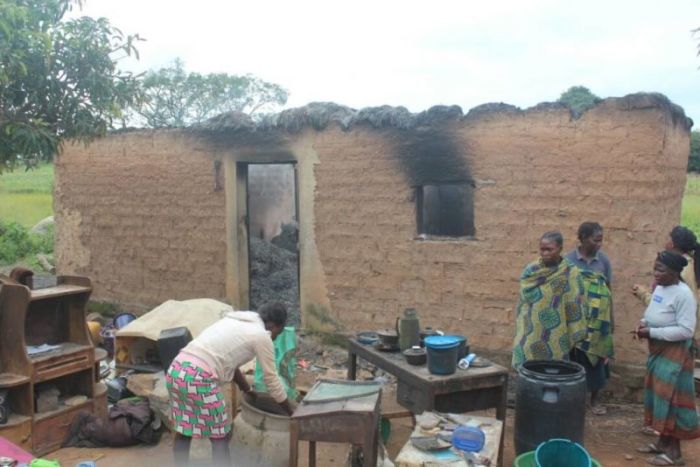Christian genocide in Nigeria: 5 facts you need to know

Hundreds of lives have been lost and hundreds of homes have been burned since the start of 2019, raising questions again about the truth behind the violence occurring between Fulani Muslim herdsmen and predominantly Christian farmers in Nigeria’s Middle Belt.
While conflicts between nomadic herdsmen and farmers in the Middle Belt date back decades, there’s been a noticeable increase in deadly massacres across several states in the Middle Belt of Nigeria since January 2018, where people were slaughtered and communities razed.
In addition to the seemingly countless numbers of people killed, it has been estimated that as many as 300,000 people have been displaced from their homes by the communal violence.
What’s happening in the Middle Belt of Nigeria can be confusing for onlookers outside the country because of the fact that there are competing narratives.
One narrative labels the Fulani attacks against Christian farmers a “genocide” perpetrated by radicalized Islamic herders looking to drive out Christians from their homes.
A second narrative paints the killings as being part of a years-old conflict exacerbated by several factors, including increased Fulani herdsmen migration due to the Boko Haram insurgency and the desertification in the north.
In the following pages are five key facts you need to know about the Fulani conflict in Nigeria.
Follow Samuel Smith on Twitter: @IamSamSmith
or Facebook: SamuelSmithCP





























